Home>Furniture & Design>Interior Design Trends>What Does Carnival Glass Look Like
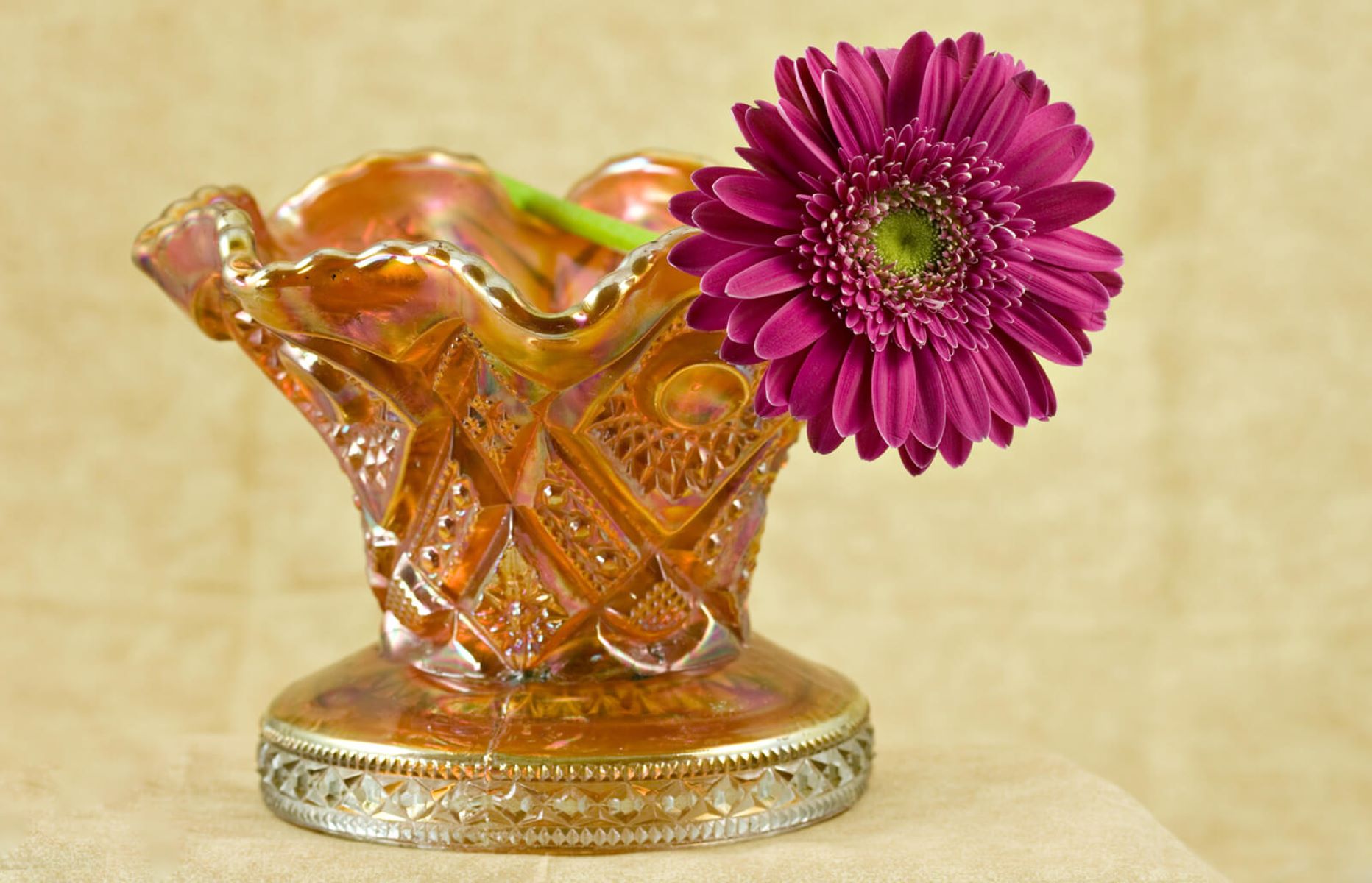

Interior Design Trends
What Does Carnival Glass Look Like
Modified: April 21, 2024
Discover the latest interior design trends with a closer look at what carnival glass looks like. Explore the beauty and versatility of this timeless decorative element.
(Many of the links in this article redirect to a specific reviewed product. Your purchase of these products through affiliate links helps to generate commission for Storables.com, at no extra cost. Learn more)
Introduction
Carnival glass, also known as "poor man's Tiffany," is a type of iridescent glass that has captivated collectors and enthusiasts for decades. Its shimmering, rainbow-like hues and intricate patterns make it a beloved and sought-after addition to any glassware collection. This unique glassware has a rich history, distinctive characteristics, and a timeless allure that continues to fascinate people around the world.
The allure of carnival glass lies in its iridescence, which gives it a mesmerizing play of colors when viewed from different angles. This iridescence is achieved through a process of spraying the hot glass with metallic salts while it is still in the mold, followed by a re-firing to create the signature shimmering effect. The result is a stunning array of colors that seem to dance and shift as light interacts with the glass, creating an enchanting visual display.
Carnival glass gained popularity in the early 20th century as a more affordable alternative to the luxurious iridescent glass produced by Tiffany and other high-end glassmakers. Its affordability made it accessible to a wider audience, earning it the endearing moniker "poor man's Tiffany." Despite its humble origins, carnival glass boasts a timeless elegance that has stood the test of time, making it a cherished collector's item and a beloved heirloom passed down through generations.
In the following sections, we will delve into the captivating history of carnival glass, explore its distinctive characteristics, delve into popular colors and patterns, discuss how to identify genuine carnival glass, and provide insights into the art of collecting these exquisite pieces. Whether you are a seasoned collector or a newcomer to the world of carnival glass, this article will serve as a valuable guide to understanding and appreciating the beauty and allure of this iridescent treasure.
Key Takeaways:
- Carnival glass is a mesmerizing, iridescent glassware with vibrant colors and intricate patterns, making it a beloved collector’s item with a rich history and timeless allure.
- Identifying genuine carnival glass involves recognizing its iridescence, intricate patterns, vibrant colors, opalescent quality, and manufacturer’s markings, ensuring its timeless beauty and historical significance.
Read more: What Does A Champagne Glass Look Like
History of Carnival Glass
Carnival glass has a rich and fascinating history that dates back to the early 20th century. Its origins can be traced to the United States, where it gained immense popularity during the 1920s. The term "carnival glass" was coined due to its widespread distribution as prizes at carnivals, fairs, and other events, where it was often given away as an incentive to attract attendees.
The production of carnival glass was a response to the growing demand for affordable yet visually striking glassware. Its iridescent sheen was achieved through a process of spraying the hot glass with metallic salts while it was still in the mold, followed by a re-firing to create the signature shimmering effect. This innovative technique allowed manufacturers to produce glassware with a captivating play of colors, mimicking the opulence of more expensive iridescent glass produced by renowned makers such as Tiffany.
The heyday of carnival glass production occurred during the 1920s and 1930s, with numerous glass companies across the United States, including Fenton, Northwood, Imperial, and Dugan, embracing this art form. These companies competed fiercely to create intricate patterns and vibrant colors, resulting in a wide array of stunning carnival glass pieces that appealed to a broad audience.
However, the Great Depression and World War II led to a decline in carnival glass production, as economic hardships and material shortages forced many glass companies to cease manufacturing these exquisite pieces. Despite this setback, carnival glass experienced a resurgence in the 1950s and 1960s, fueled by a growing interest in vintage and collectible items.
Today, carnival glass continues to captivate collectors and enthusiasts worldwide, with a thriving market for both vintage pieces and modern reproductions. Its enduring appeal lies in its nostalgic charm, exquisite craftsmanship, and the allure of owning a piece of history. Whether displayed as a cherished heirloom or admired for its timeless beauty, carnival glass remains a beloved and enduring symbol of a bygone era.
The history of carnival glass is a testament to the enduring legacy of this iridescent treasure, which continues to enchant and inspire new generations of collectors and admirers.
Characteristics of Carnival Glass
Carnival glass is renowned for its distinctive characteristics that set it apart from other types of glassware. Its most prominent feature is its iridescence, which gives it a captivating play of colors and a shimmering, almost magical quality. This iridescence is achieved through a process of spraying the hot glass with metallic salts while it is still in the mold, followed by a re-firing to create the signature shimmering effect. The result is a mesmerizing display of colors that seem to dance and shift as light interacts with the glass, creating an enchanting visual spectacle.
In addition to its iridescence, carnival glass is characterized by its intricate patterns and elaborate designs. These patterns often feature motifs such as flowers, fruits, and geometric shapes, rendered in exquisite detail. The interplay of these intricate patterns with the glass's iridescent surface creates a striking visual impact, making carnival glass a truly captivating art form.
Furthermore, carnival glass is known for its wide range of vibrant colors, including rich hues such as amethyst, cobalt blue, emerald green, and ruby red. These bold and lustrous colors contribute to the glass's allure, adding depth and dimension to its iridescent sheen. The combination of radiant colors and shimmering iridescence makes carnival glass a feast for the eyes, evoking a sense of wonder and delight.
Another defining characteristic of carnival glass is its opalescent quality, which gives it a milky, translucent appearance in certain lighting conditions. This opalescent effect adds a layer of ethereal beauty to the glass, enhancing its overall allure and making it a truly captivating addition to any glassware collection.
Overall, the characteristics of carnival glass, including its iridescence, intricate patterns, vibrant colors, and opalescent quality, contribute to its timeless appeal and enduring popularity. Whether displayed as a cherished heirloom or admired for its exquisite craftsmanship, carnival glass continues to enchant collectors and enthusiasts with its unique and captivating characteristics.
Popular Colors and Patterns
Carnival glass is celebrated for its diverse range of vibrant colors and intricate patterns, each contributing to the glass's timeless allure and visual appeal. The interplay of colors and patterns on carnival glass pieces creates a mesmerizing display that has captivated collectors and enthusiasts for generations.
Vibrant Colors
One of the most striking aspects of carnival glass is its vibrant and lustrous colors. These hues, which include amethyst, cobalt blue, emerald green, and ruby red, contribute to the glass's opulent and captivating appearance. The rich and radiant colors are achieved through a meticulous process of glassmaking, resulting in pieces that exude a sense of luxury and elegance. The depth and intensity of these colors, combined with the glass's iridescence, create a visual spectacle that never fails to enchant and delight.
Read more: What Does Tempered Glass Look Like
Intricate Patterns
Carnival glass is adorned with a myriad of intricate patterns, each showcasing exquisite craftsmanship and attention to detail. These patterns often feature motifs such as flowers, fruits, and geometric designs, rendered with precision and artistry. The delicate interplay of these patterns with the glass's iridescent surface creates a captivating visual impact, evoking a sense of timeless beauty and sophistication. Collectors are drawn to the diversity of patterns found on carnival glass pieces, each telling a unique story and adding to the glass's allure.
Popular Combinations
Certain color and pattern combinations have become particularly sought after among collectors. For example, the "Peacock Tail" pattern, featuring a stunning array of colors reminiscent of a peacock's plumage, has garnered widespread admiration for its striking beauty. Similarly, the "Three Fruits" pattern, adorned with depictions of luscious fruits in vibrant hues, has become a beloved classic among carnival glass enthusiasts. These popular combinations exemplify the artistry and creativity that define carnival glass, adding depth and significance to each piece.
Enduring Allure
The enduring allure of carnival glass, with its vibrant colors and intricate patterns, lies in its ability to evoke a sense of nostalgia and wonder. Whether displayed as a cherished heirloom or admired for its exquisite craftsmanship, carnival glass continues to enchant collectors and enthusiasts with its unique and captivating colors and patterns. The timeless beauty of carnival glass ensures that it remains a cherished and sought-after addition to any glassware collection, captivating the hearts of all who encounter its shimmering splendor.
How to Identify Carnival Glass
Identifying carnival glass involves recognizing its distinct characteristics, which set it apart from other types of glassware. When examining a piece to determine if it is authentic carnival glass, there are several key factors to consider.
-
Iridescence: The hallmark of carnival glass is its iridescent sheen, which gives it a mesmerizing play of colors. When held up to light, genuine carnival glass exhibits a rainbow-like iridescence that shimmers and shifts as the angle changes. This iridescence is a result of the metallic salts sprayed onto the hot glass during the manufacturing process, creating its signature luminous effect.
-
Patterns and Motifs: Carnival glass is often adorned with intricate patterns and motifs, such as flowers, fruits, or geometric designs. These patterns are typically pressed or molded into the glass, adding depth and texture to the iridescent surface. The interplay of these patterns with the glass's shimmering quality creates a captivating visual display that is characteristic of genuine carnival glass.
-
Colors: Carnival glass is known for its vibrant and lustrous colors, including amethyst, cobalt blue, emerald green, and ruby red, among others. These bold and radiant hues, combined with the glass's iridescence, contribute to its opulent appearance. When identifying carnival glass, the presence of rich, iridescent colors is a key indicator of its authenticity.
-
Opalescent Quality: Genuine carnival glass often exhibits an opalescent quality, giving it a milky, translucent appearance in certain lighting conditions. This opalescent effect adds a layer of ethereal beauty to the glass, enhancing its overall allure and serving as a distinguishing feature of authentic carnival glass.
-
Manufacturer's Markings: Some carnival glass pieces may bear the manufacturer's markings or logos, providing valuable clues to their authenticity. Researching and familiarizing oneself with the markings used by prominent carnival glass producers, such as Fenton, Northwood, Imperial, and Dugan, can aid in the identification process.
By carefully examining these characteristics, collectors and enthusiasts can confidently identify genuine carnival glass pieces, appreciating their timeless beauty and historical significance. Whether displayed as cherished heirlooms or admired for their exquisite craftsmanship, carnival glass continues to captivate with its unique and captivating allure.
Read more: What Does Sea Glass Look Like
Collecting Carnival Glass
Collecting carnival glass is a passion that unites enthusiasts in a shared appreciation for its timeless beauty and historical significance. For collectors, the allure of carnival glass lies in its iridescent charm, vibrant colors, and intricate patterns, each piece serving as a window into a bygone era of craftsmanship and artistry.
When embarking on the journey of collecting carnival glass, enthusiasts are presented with a rich tapestry of options, from vintage pieces produced during the early 20th century to modern reproductions that pay homage to this beloved art form. The thrill of the hunt often leads collectors to antique shops, estate sales, and online auctions in search of that elusive, iridescent treasure that speaks to their heart.
One of the joys of collecting carnival glass is the diversity of pieces available, each with its own unique story to tell. From opalescent vases and bowls to whimsical figurines and tableware, the range of carnival glass items offers something for every collector's taste and preference. Whether drawn to the rich hues of amethyst or the captivating patterns of peacock tail, collectors revel in the opportunity to curate a collection that reflects their individual style and appreciation for this iridescent art form.
As collectors amass their carnival glass treasures, they often find themselves immersed in a community of like-minded enthusiasts who share their passion. Exchanging insights, attending glassware shows, and participating in online forums become integral parts of the collecting experience, fostering connections and friendships that span generations. The camaraderie among collectors adds depth and meaning to the pursuit of carnival glass, creating a sense of belonging and shared enthusiasm for these shimmering relics of the past.
Preserving and showcasing carnival glass pieces is a cherished aspect of collecting, with collectors taking great care to display their treasures in a way that honors their beauty and historical significance. Whether adorning a mantelpiece, gracing a dining table, or showcased in a dedicated glassware cabinet, carnival glass pieces bring a touch of iridescent splendor to any space, serving as a testament to the enduring allure of this beloved art form.
In the world of carnival glass collecting, each piece is not just an acquisition but a cherished link to a rich and storied history. The pursuit of these iridescent treasures is a celebration of craftsmanship, artistry, and the timeless allure of carnival glass, ensuring that its shimmering legacy continues to captivate and inspire collectors for generations to come.
Carnival glass is known for its iridescent, rainbow-like colors and intricate patterns. Look for pieces with a metallic sheen and a variety of colors to identify this unique type of glassware.
Conclusion
In conclusion, carnival glass stands as a timeless testament to the artistry, craftsmanship, and enduring allure of iridescent glassware. Its rich history, distinctive characteristics, and captivating beauty have solidified its place as a beloved and sought-after collectible, cherished by enthusiasts and collectors worldwide.
The journey through the history of carnival glass unveils a narrative of innovation and resilience, from its origins as a more affordable alternative to luxurious iridescent glass to its enduring legacy as a cherished heirloom. The vibrant colors, intricate patterns, and opalescent quality of carnival glass serve as a testament to the artistry and creativity of the glassmakers who brought these shimmering treasures to life.
The allure of carnival glass extends beyond its visual appeal, encompassing a sense of nostalgia and wonder that transcends time. Whether displayed as cherished heirlooms or admired for their exquisite craftsmanship, carnival glass pieces continue to enchant and inspire, serving as tangible connections to a bygone era of elegance and artistry.
For collectors, the pursuit of carnival glass is a journey of passion, discovery, and camaraderie. The thrill of uncovering rare pieces, the joy of curating a collection, and the sense of community among fellow enthusiasts contribute to the enduring appeal of carnival glass as a cherished and meaningful pursuit.
As carnival glass continues to captivate new generations of collectors and admirers, its shimmering legacy remains as vibrant and enchanting as ever. Each piece serves as a testament to the enduring allure of this iridescent treasure, ensuring that its timeless beauty will continue to inspire and delight for years to come. Whether displayed in a collector's cabinet or admired for its historical significance, carnival glass stands as a shimmering symbol of artistry, craftsmanship, and the enduring allure of iridescent glassware.
Frequently Asked Questions about What Does Carnival Glass Look Like
Was this page helpful?
At Storables.com, we guarantee accurate and reliable information. Our content, validated by Expert Board Contributors, is crafted following stringent Editorial Policies. We're committed to providing you with well-researched, expert-backed insights for all your informational needs.
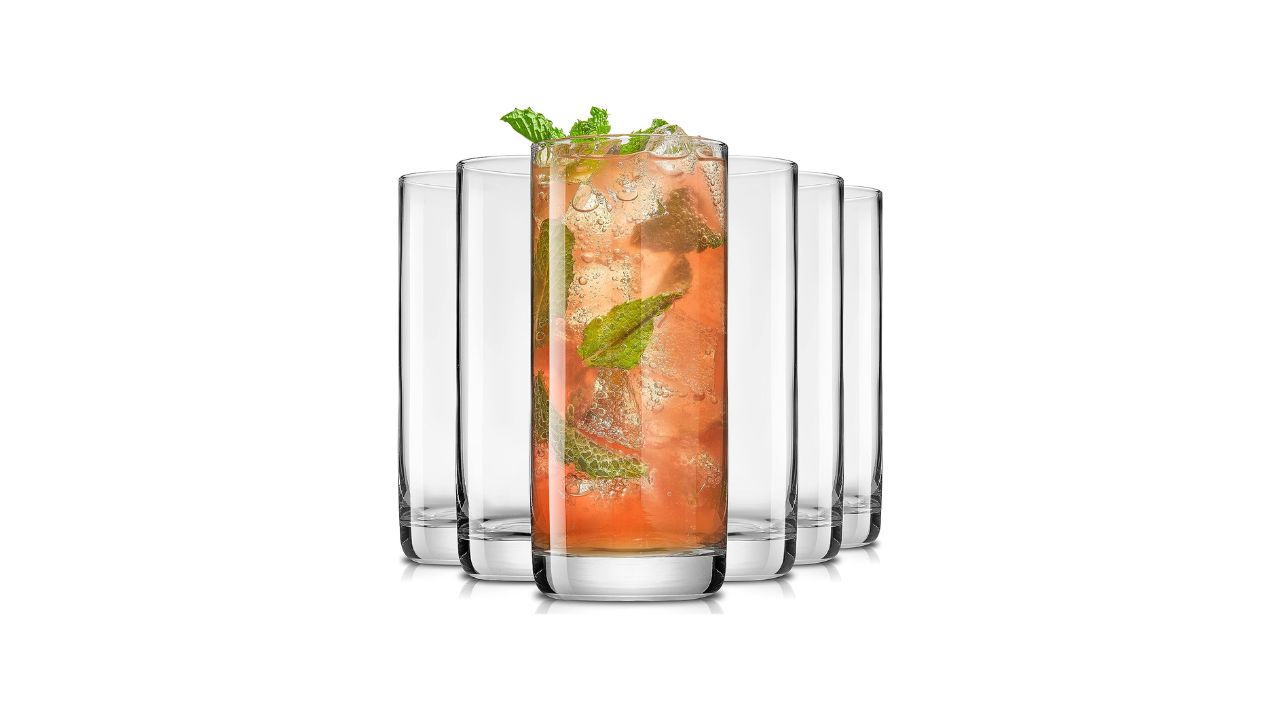
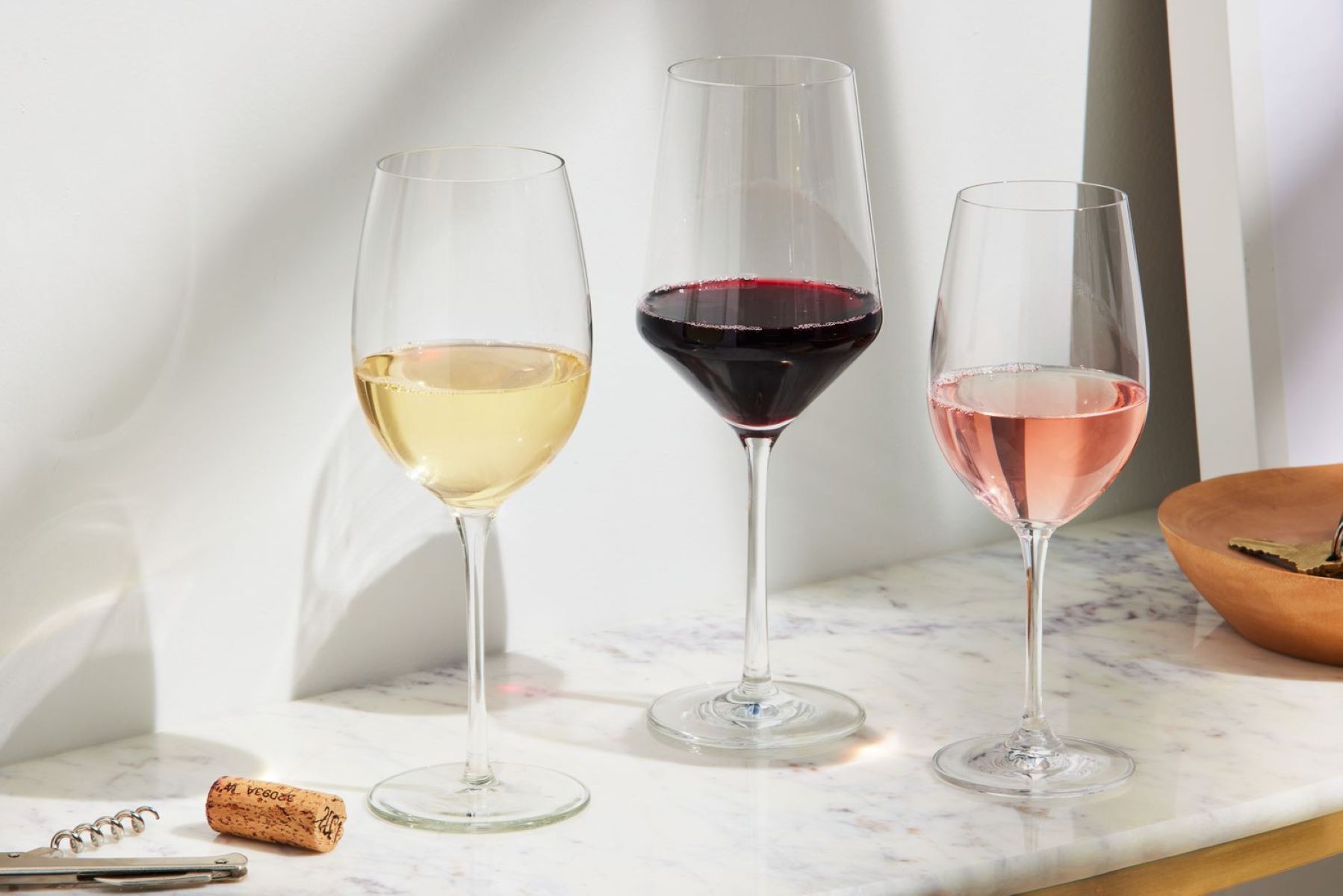
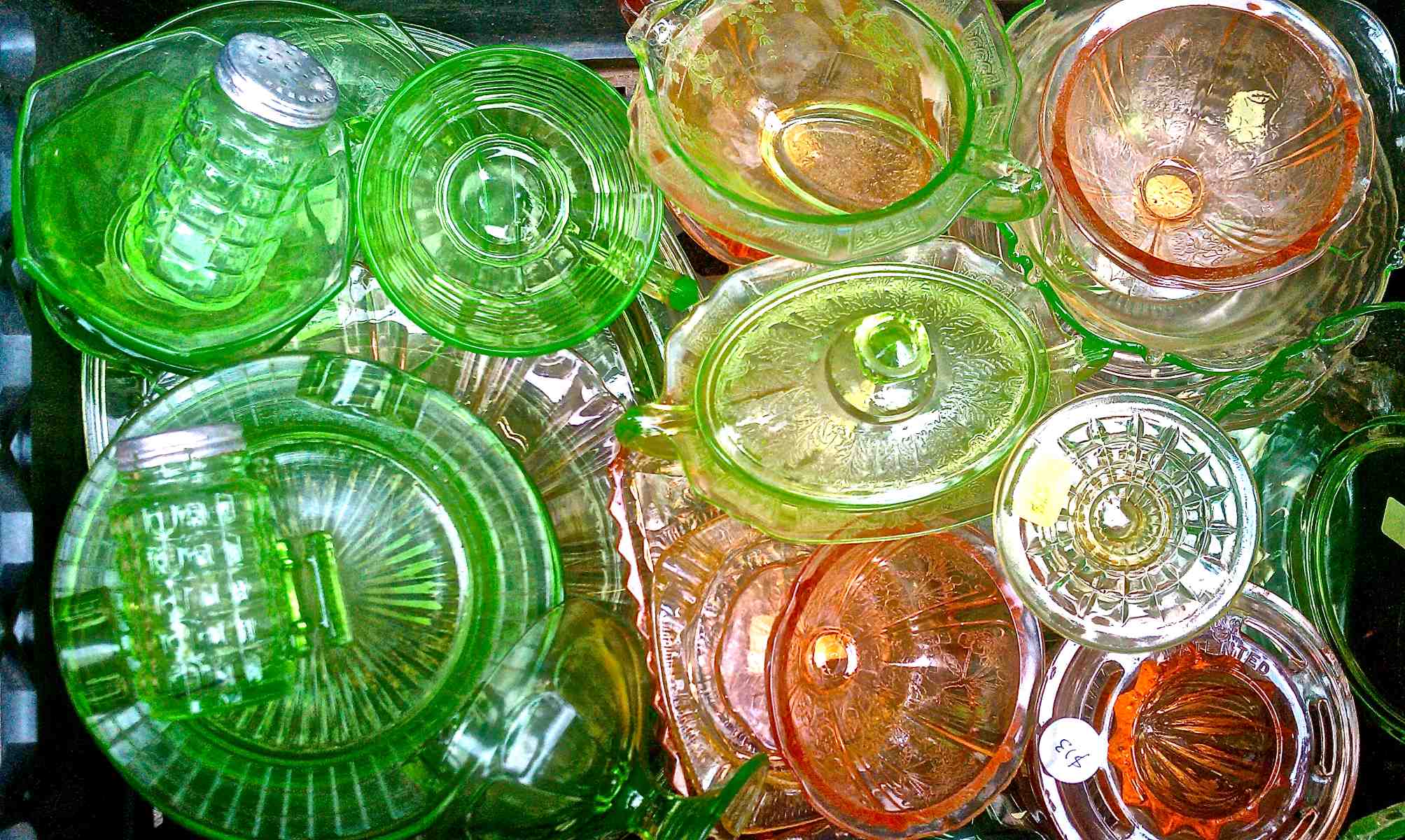
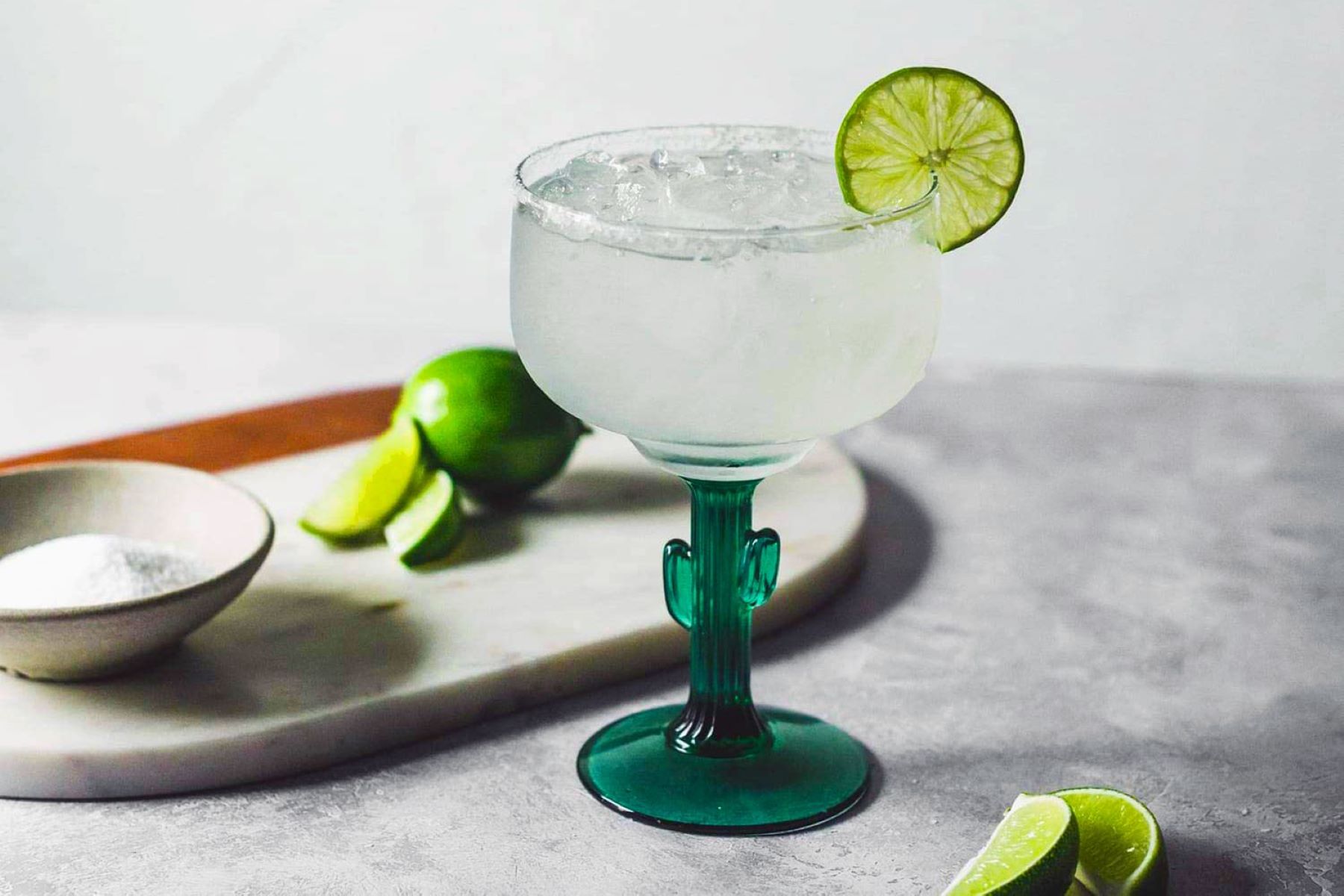
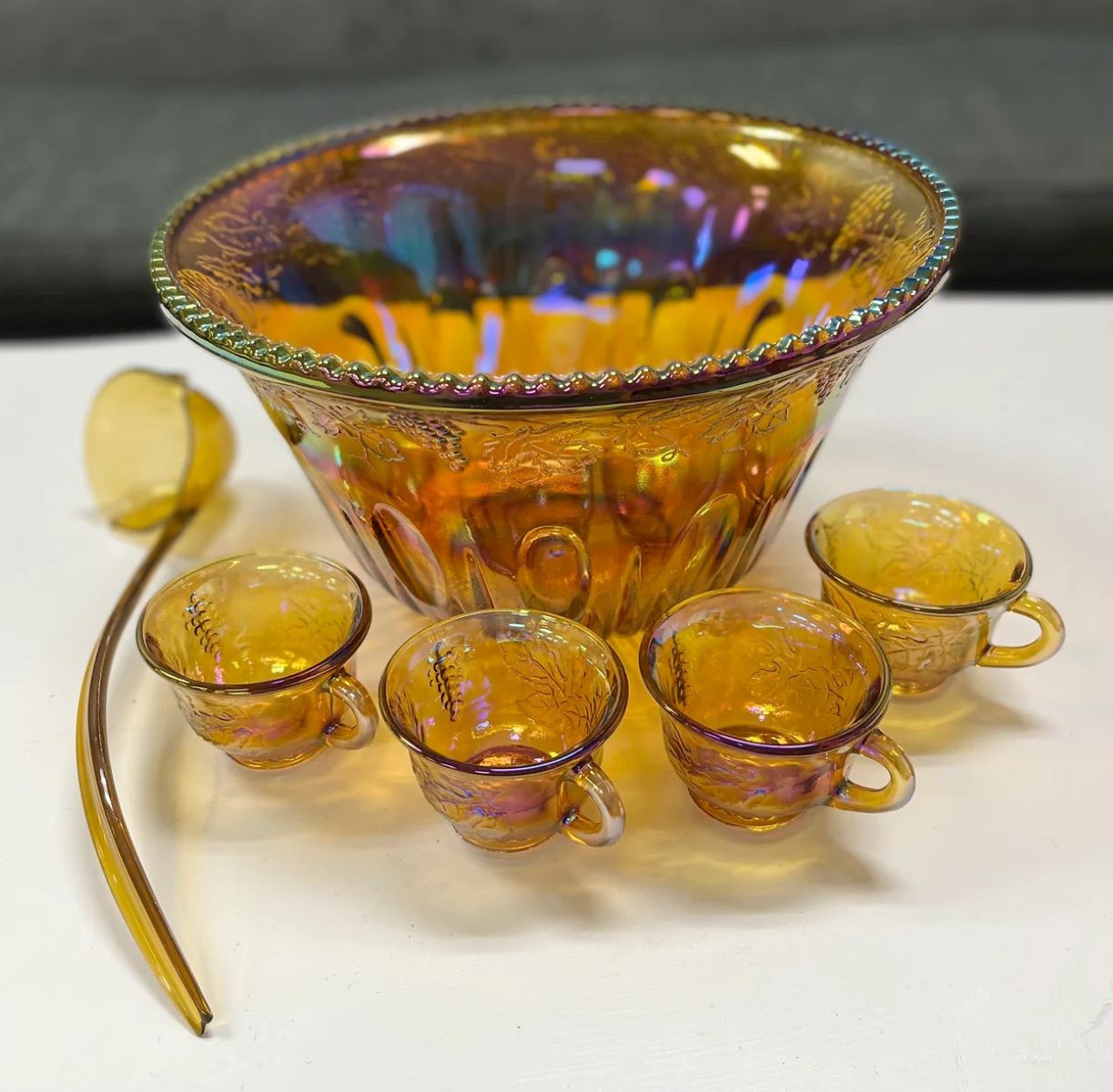

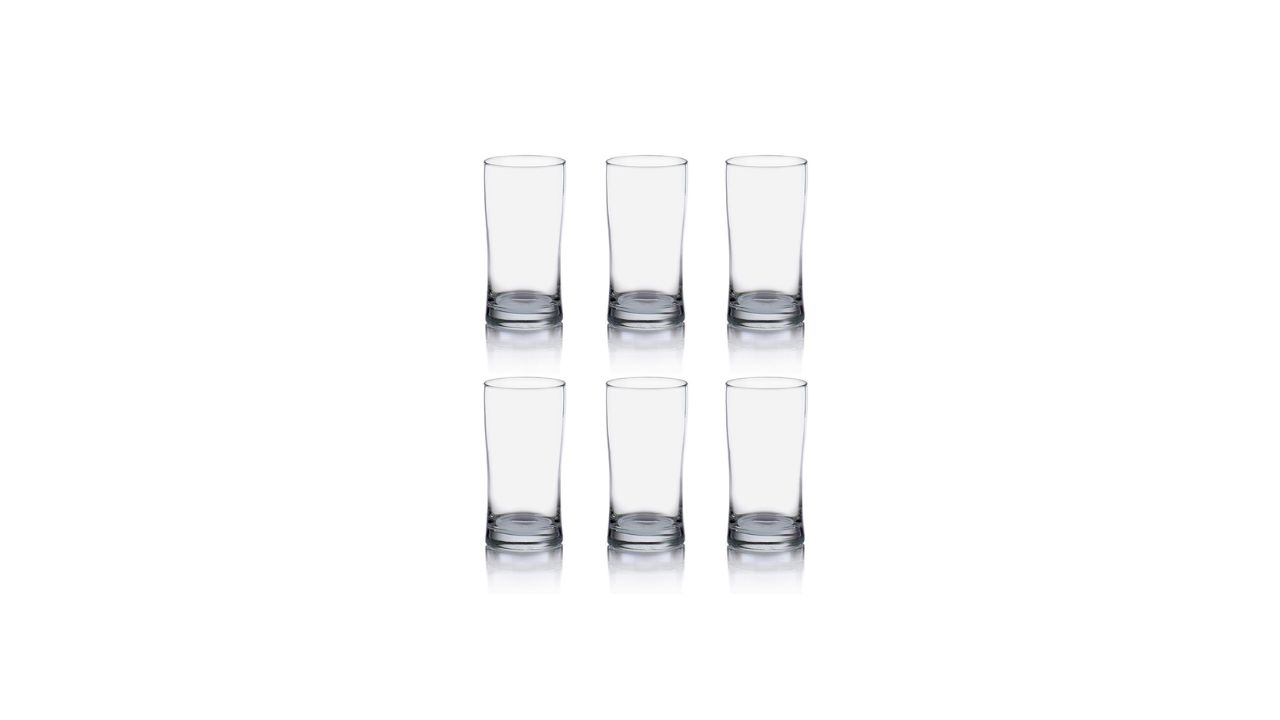



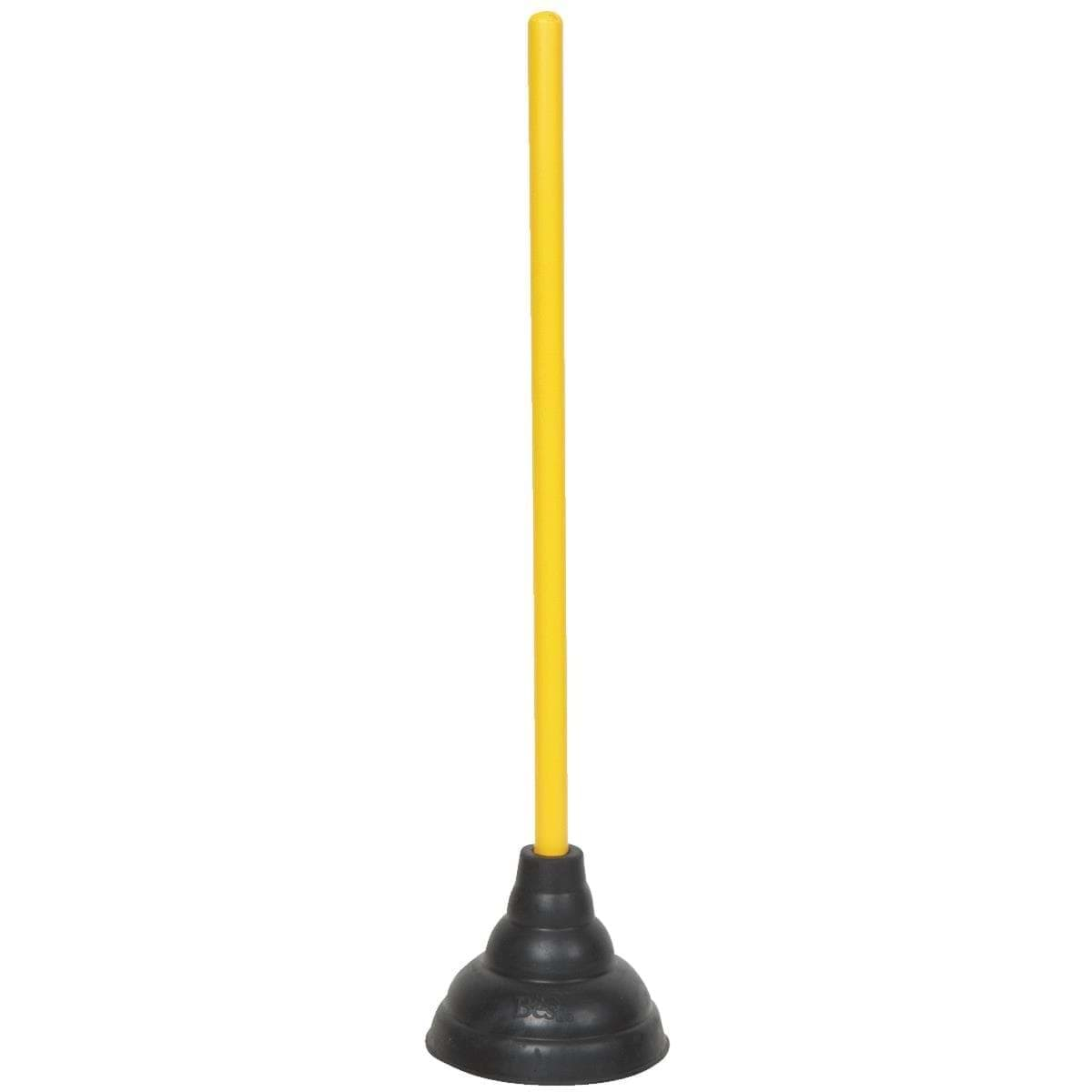



0 thoughts on “What Does Carnival Glass Look Like”